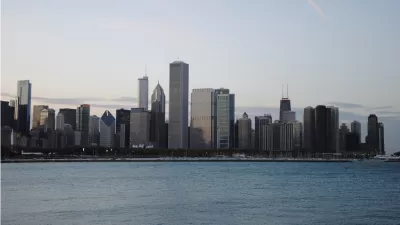While the Twin Cities area continues to rank highly among U.S. metro areas for impressive employment and homeownership rates and low poverty rate, it also has the nation’s largest disparities.
Metropolitan Council analyses of U.S. Census American Community Survey (ACS) show a consistent finding: while the Twin Cities area continues to rank highly among U.S. metro areas for impressive employment and homeownership rates and low poverty rate, it also has the nation’s largest disparities between white residents and residents of color in these measures.
Despite gains among some groups on some measures, there have been no notable changes in the overall pattern of these racial and ethnic disparities, a testament to their persistence in the Twin Cities metro.
Further, this lack of substantive progress is unique: other metros have shown that they are closing gaps while the Twin Cities region falls behind.
“Our analyses show if we brought outcomes of people of color up to the levels of white residents by 2040, we would have 181,000 fewer people living in poverty, nearly 187,000 more homeowners, 80,000 more people holding jobs and $35.5 billion more earned in taxable income,” said Libby Starling. “These factors affect the region’s livability, prosperity and well-being for everyone.”
The Council’s Research staff have published an interactive data visualization that includes the most recent (2017) ACS data.
FULL STORY: Twin Cities Metro Area stands to gain by eliminating racial and ethnic disparities

Maui's Vacation Rental Debate Turns Ugly
Verbal attacks, misinformation campaigns and fistfights plague a high-stakes debate to convert thousands of vacation rentals into long-term housing.

Planetizen Federal Action Tracker
A weekly monitor of how Trump’s orders and actions are impacting planners and planning in America.

San Francisco Suspends Traffic Calming Amidst Record Deaths
Citing “a challenging fiscal landscape,” the city will cease the program on the heels of 42 traffic deaths, including 24 pedestrians.

Defunct Pittsburgh Power Plant to Become Residential Tower
A decommissioned steam heat plant will be redeveloped into almost 100 affordable housing units.

Trump Prompts Restructuring of Transportation Research Board in “Unprecedented Overreach”
The TRB has eliminated more than half of its committees including those focused on climate, equity, and cities.

Amtrak Rolls Out New Orleans to Alabama “Mardi Gras” Train
The new service will operate morning and evening departures between Mobile and New Orleans.
Urban Design for Planners 1: Software Tools
This six-course series explores essential urban design concepts using open source software and equips planners with the tools they need to participate fully in the urban design process.
Planning for Universal Design
Learn the tools for implementing Universal Design in planning regulations.
Heyer Gruel & Associates PA
JM Goldson LLC
Custer County Colorado
City of Camden Redevelopment Agency
City of Astoria
Transportation Research & Education Center (TREC) at Portland State University
Jefferson Parish Government
Camden Redevelopment Agency
City of Claremont





























